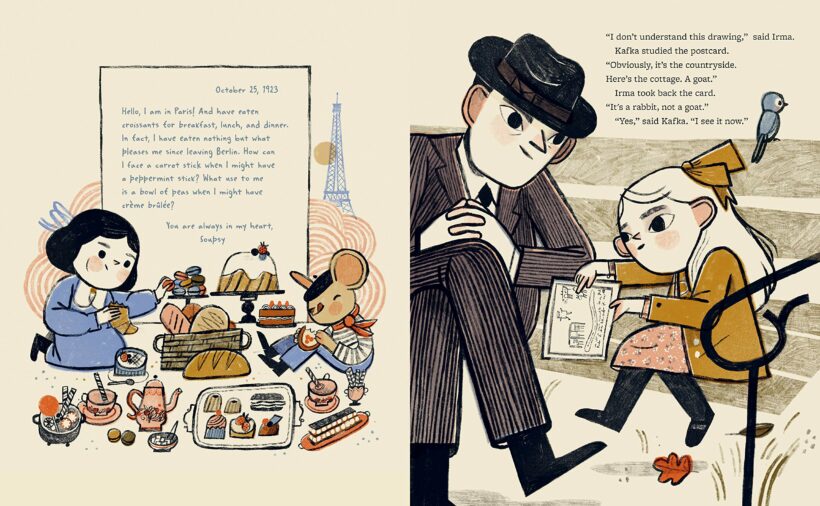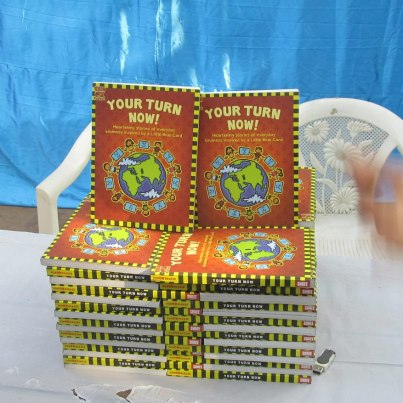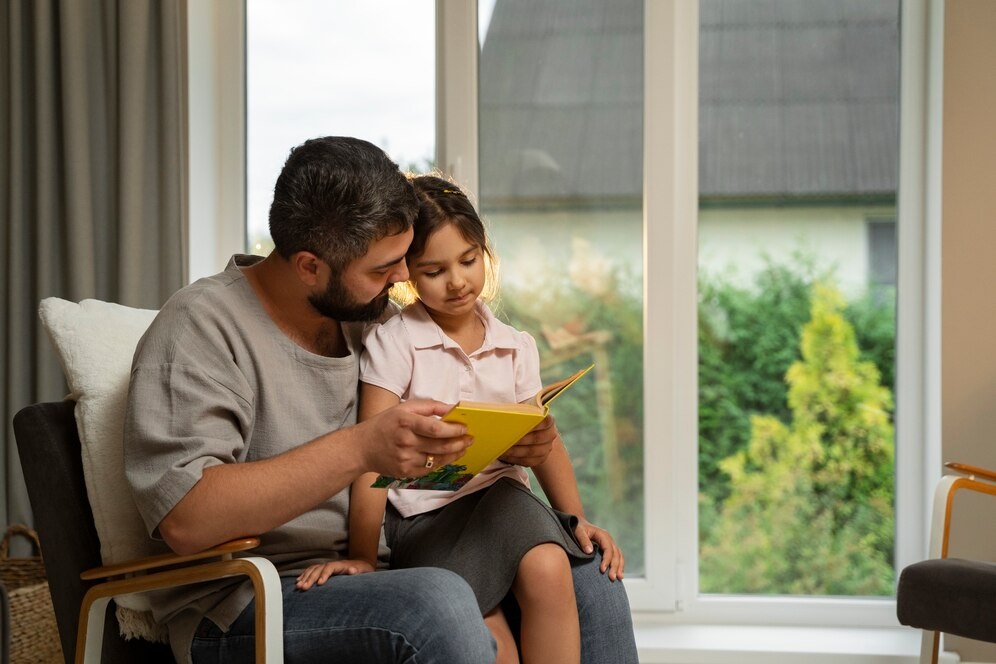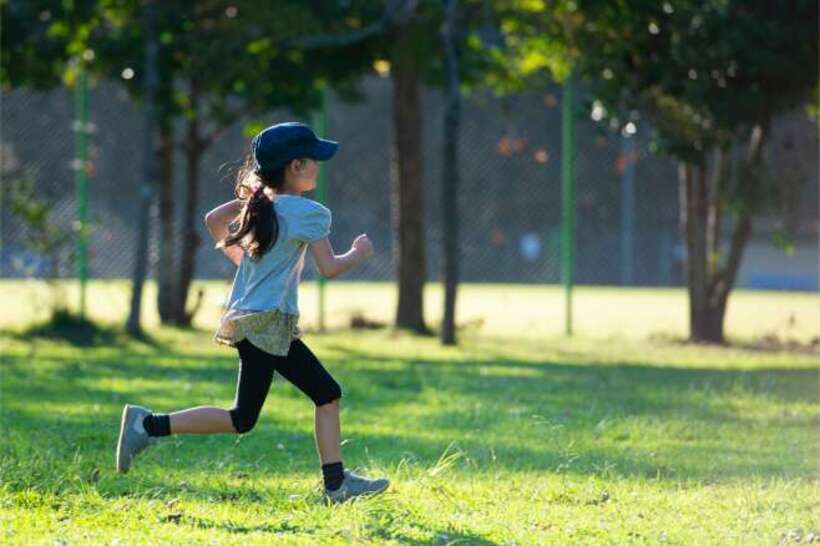Toys are an integral part of any kid’s world. It could be a battered old bear, a shiny new car or a bowl from the kitchen. Kids have that one toy that they do not want to let go of and carry it everywhere like it is their shadow. All hell breaks loose when this dear toy is lost! Children do not cope easily with losing something and all the more difficult if it is their favourite toy.
What to do if you ever face such a situation? This book shows how:
Here’s an amazing book recommendation that will help address this with your child. The book we are describing is “Kafka And The Doll” by Larissa Theule.
For more book reviews, curated book lists for children and conversations with authors, sign up to the KSP Book Club subscription today. Find out more on how you can raise a reader at just Rs.1/day!
While going for a walk with his wife in a nearby park, Kafka spots a little girl named Irma crying over the loss of her favourite toy “Soupsy”. Kafka consoles the little girl by assuring her that the doll is not lost, writes letters and delivers them to the girl.
In his letters, Kafka pretends to be Soupsy. He writes in elaborate as Soupsy about his travel plans, the food, culture and the famous places he visits. As the weeks pass, the letters grow shorter and shorter. The little girl grows very fond of Kafka and waits expectantly to meet Kafka every day.
Around this time, Kafka falls sick on account of and is not able to meet the girl anymore. The book ends with Kafka presenting Irma with a final letter that says Soupsy is away on an expedition and would not be able to write anymore. He encourages Irma to study well and travel the world just like “Soupsy” did. He also gifts Irma a notebook for her to record all the travels and experiences she is going to have.
The book has beautiful illustrations by Rebecca Green. The illustrations complement the story very well with subtle colours and simple sketches.
Why this book?
Teaching children about loss can be difficult. This book can be very helpful to discuss the topic of losing something and coping with it. The book has text along with illustrations. This would be an ideal one to pick for children aged between 4 and 8.
Children must be taught compassion and empathy when they are young. This book will bridge the gap between learning, understanding emotions and coping with loss. This book also encourages young readers to perform, read the book or narrate the story with a different toy.
Editor’s Note: Got a book you loved reading with your child and would want to review it for us on #KSPBookClub? Write to us at contribute@kidsstoppress,.com



















